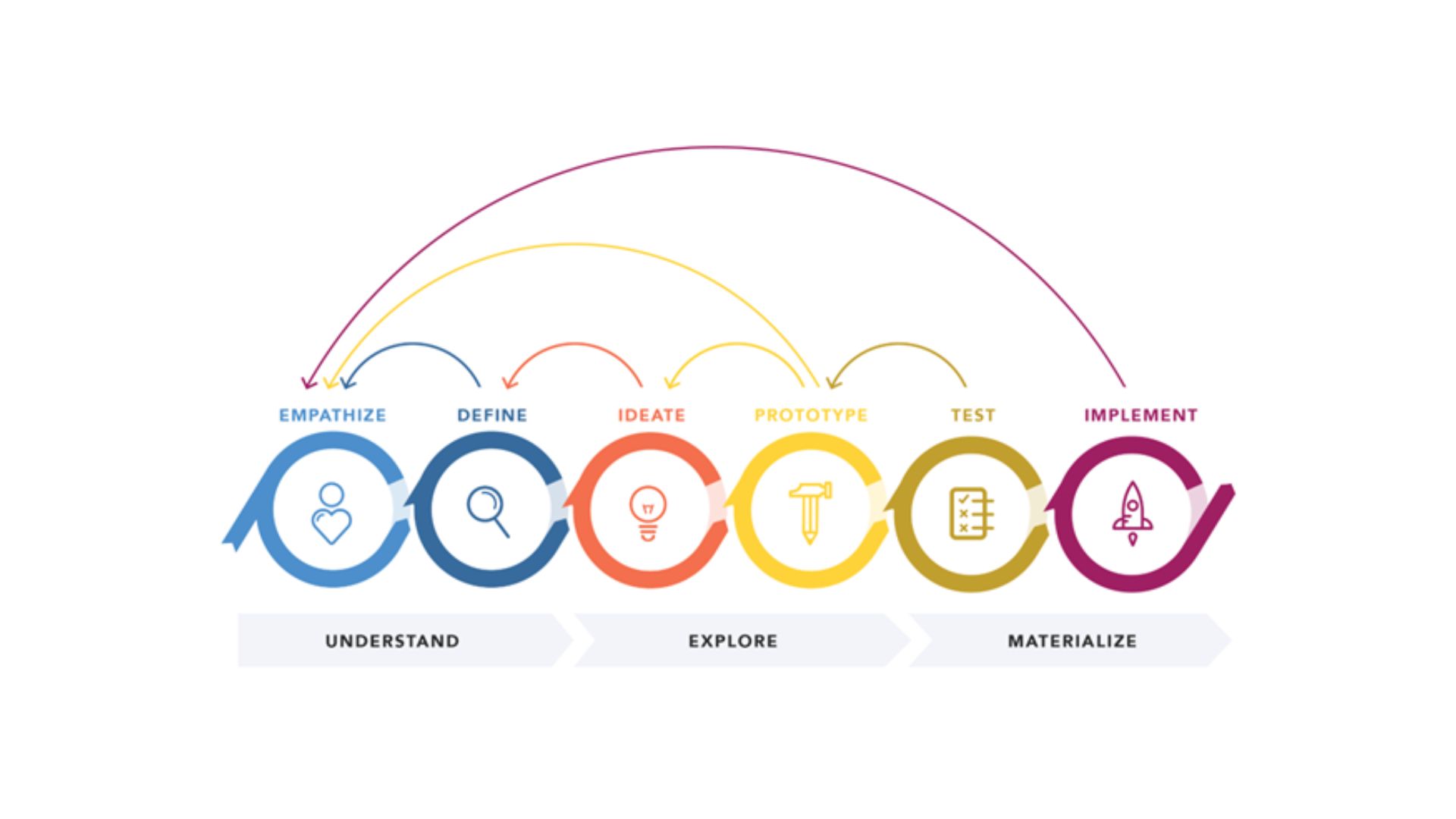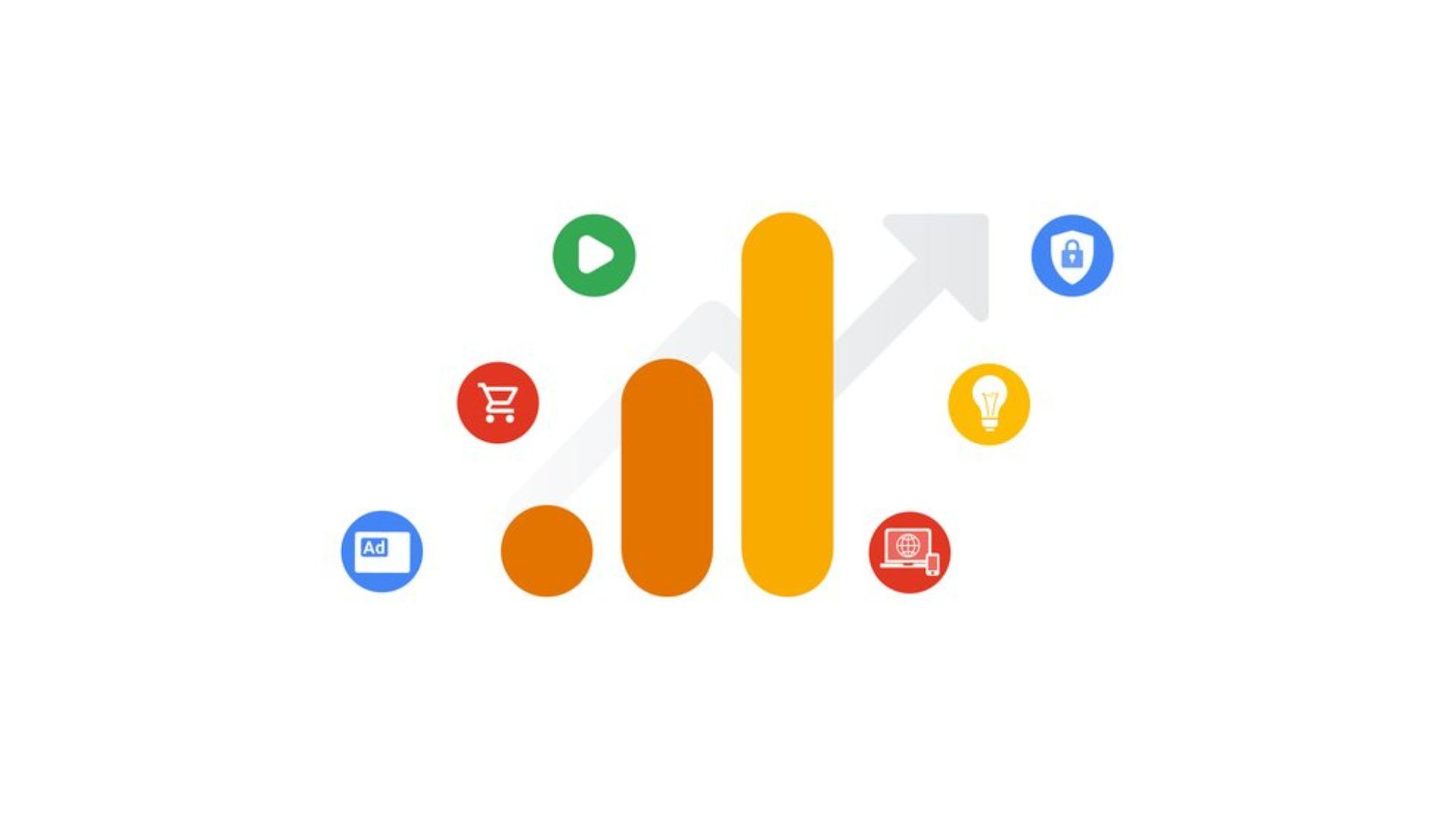How Can You Measure Success In UX Design? (2025)
Measuring the how well your website is performing is crucial for your business success. See what and how you need to measure so you could scale.

Has using a website ever made you feel frustrated? Or worse, downright angry?
If so, you're not alone. According to a study by the Nielson Norman Group, 92% of users have encountered some sort of problem while using a website that made them hit the red 'X' prematurely. And to make matters worse, 88% of those users never come back.
The good news is that there's a field of study dedicated to making sure users have the best possible experience when using your website: UX design.
Effective UX design is focused on creating websites that are not only easy to use, but also enjoyable to use. In this article, Saikai will explore what it takes to create a successful UX design, and how you can measure success of your website in this exciting field.
What is UX design?
UX design is the process of creating websites that provide a seamless, enjoyable experience to users. This includes everything from the overall layout and navigation of a website, to the small details like button size and color.
In short, every aspect of a website's design should be carefully considered in order to create the best possible user experience.
What are UX frameworks?
In order to create a successful UX design, you need to have a solid understanding of the various UX frameworks that are available. These frameworks provide a structure for your design, and help ensure that all the important elements are included.
Some of the most popular UX frameworks include:
Lean UX Framework
The lean UX framework is most commonly used by Agile teams, but it works in any setting where design work happens in short bursts (i.e., sprints). It focuses on creating a minimum viable product (MVP) that can be delivered to users for testing.
Based on feedback, regular updates are prioritized and implemented until the final product materializes. This approach is perfect for time-sensitive situations where you need to get a product to market quickly.
User-Centered Design Framework
The user-centered design framework puts the user at the center of the design process. This means that every decision made should be based on how it will impact the user experience.
This approach is very user-centric, and helps to ensure that the final product is designed with the user in mind.
Design Thinking Framework
The design thinking framework focuses on solving user problems through design that is informed by empathy and deep understanding. It's similar to the user-centered design framework, but differs in that there are six key stages of the process, including:

- Empathize: Research your users to develop an understanding of the expectations and needs.
- Define: Use your understanding of your users to define the problems your website will solve for users.
- Ideate: Brainstorm potential solutions to the problems you have defined.
- Prototype: Create low-fidelity prototypes of your potential solutions.
- Test: Test your prototypes with users and gather feedback.
- Implement: Implement the solution that received the most positive feedback from users.
Each of these frameworks has its own strengths and weaknesses, so it's important to choose the one that best suits your needs.
What are UX success metrics?
Once you've chosen a UX framework, you need to start thinking about how you're going to measure success. This is where UX metrics come in.
UX metrics are used to track and assess the success of a UX design. Generally speaking, they can be broken into two categories:
- Behavioral UX Metrics: These metrics track how users interact with a website to gauge how easy, compelling, and effective it is.
- Attitudinal UX Metrics: These metrics track how users feel about their experience with a website.
Now that we have a definition of these two categories, let's look at a few of the most useful behavioral and attitudinal UX success metrics!
 Source: Google Analytics 4
Source: Google Analytics 4
Behavioral UX Success Metrics
Some of the most common behavioral UX metrics (and their benchmarks) include:
- Abandonment Rate (69.57%): The percentage of users who leave a website without taking any action.
- Bounce Rate (26-55%): The percentage of users who visit only one page on a website before leaving.
- Conversion Rate (2.35%): The percentage of users who take a desired action on a website (i.e., sign up for a newsletter, make a purchase, etc.).
- Engagement Rate (25-77%): The percentage of users who interact with a website in some way (i.e., click on a link, watch a video, etc.). Very important metric for Google Analytics 4.
- Time on Page (54 seconds): The average amount of time that users spend on a particular page.
- Task Time (N/A): The average amount of time it takes users to complete a task on a website.
These are just a few of the most commonly used behavioral UX metrics. To track them, you'll need to use a website analytics tool, such as Google Analytics or Panelbear.
Attitudinal UX Success Metrics
Some of the most common attitudinal UX metrics include:
- Net Promoter Score (NPS): A score that rates how likely users are to recommend a website to others.
- Customer Satisfaction (CSAT): A score that rates how satisfied users are with their experience on a website.
- Usability: A score that rates how easy it is to use a website.
To track these metrics, you'll need to conduct surveys with users. You can either create and distribute these surveys manually, or you could use a service like Intercom or SurveyMonkey. Once you have the survey results, you can calculate the scores.
Which UX success metrics should you use?
There is no one-size-fits-all answer to this question. The answer will depend on the specific goals and objectives of your website.
If you're looking to increase conversion rates, for example, you'll want to focus on metrics like task time and engagement rate. If you're trying to improve customer satisfaction, on the other hand, you'll want to focus on metrics like NPS and CSAT.
No matter which metrics you choose to track, it's important to remember that UX is not a one-time event. To be successful, you need to continuously track and assess your metrics so that you can make improvements to your website over time.

Final Thoughts
UX design is a crucial part of any website or app. Without it, users will have a hard time using your site, and you're likely to see a decrease in traffic and conversions.
If you want to be successful in your websites UX design, it’s important to choose the right UX framework for your needs and to continuously track and assess your UX success metrics. By doing so, you can make sure that your site is always easy to use and effective.
If you're looking for professional help when it comes to UX design, feel free to reach out to the Saikai design team. They’ll pinpoint your problems and provide you with a plan to solve them.